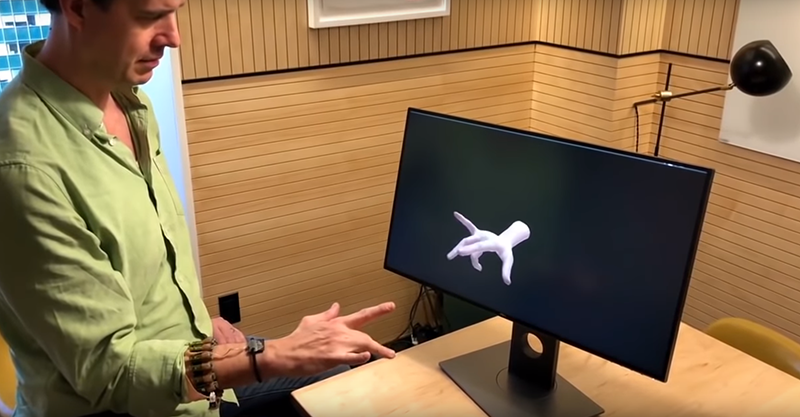A New York startup called CTRL-Labs has announced its first developer kit – a gesture tracking neural controller. The device is an armband that can track a user’s finger movements by measuring electrical impulses. The technology could finally enable us to control computers, smart prosthetics, and a range of other devices, with our intentions. This brain-computer interface uses the voltage bursts that result from contractions in the arm’s muscle fibers. By analyzing these signals, slight body movements can be transformed into computer inputs.
Read more Controlling Virtual and Augmented Reality with Your Mind
The three founders Patrick Kaifosh, Thomas Reardon and Timothy Machado started CTRL-labs in 2015 to remove the huge gap between human input and human output.
The system (called CTRL-kit) is, indeed, a developer kit, so there hasn’t been the highest premium placed on miniaturizing all of the tech in the tethered system, but the company tells TechCrunch that the intent is definitely to get into a wrist-worn form factor like a smartwatch in the future.

The work is built on a technology known as differential electromyography, or EMG. The band’s inside is lined with electrodes, and while they’re touching your skin, they measure electrical pulses along the neurons in your arm. These super long cells are transmitting orders from your brain to your muscles, so they’re signaling your intentions before you’ve even moved or even when you don’t move at all.
The company said their dev kit will ship in the first quarter of the upcoming year. The kit will include hardware device and CTRL-labs offers an SDK and API. The company wants to offer developers the ability to bring novel ways to make the human-computer interaction more interesting. In other words, they want the creators to dream up with the potential of their technology.
Read more Kai – A Revolutionary Gesture-Based Workflow Automation Device Launches on Crowdfunding Site
“With CTRL-kit, you become the controller. Extracting the meanings of your movements. Taking biological neurons, sending that directly into a computational neurons. This way humans can dominate those computational neurons with their own neurons, to leverage things like machine learning,” said Reardon, one of the founders.












